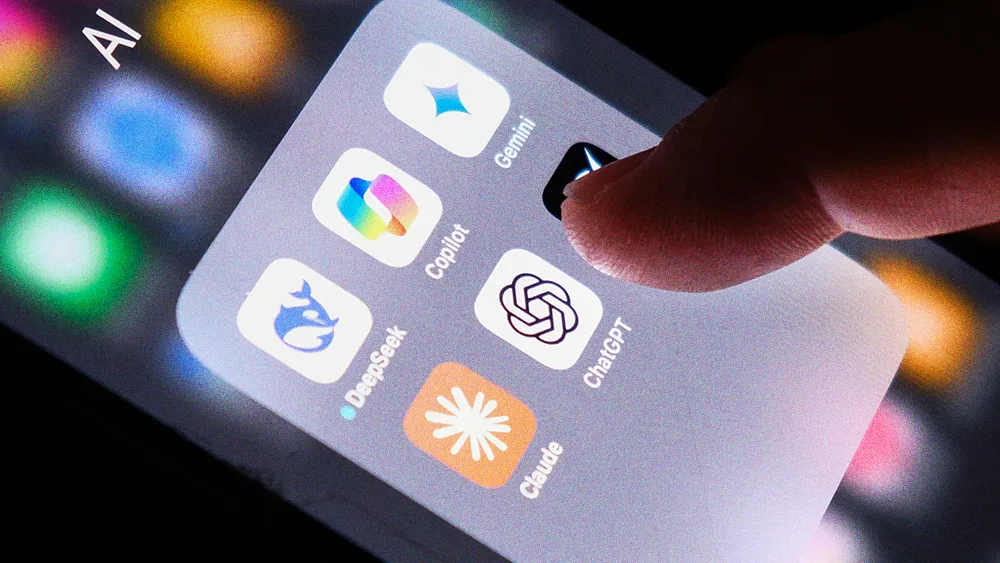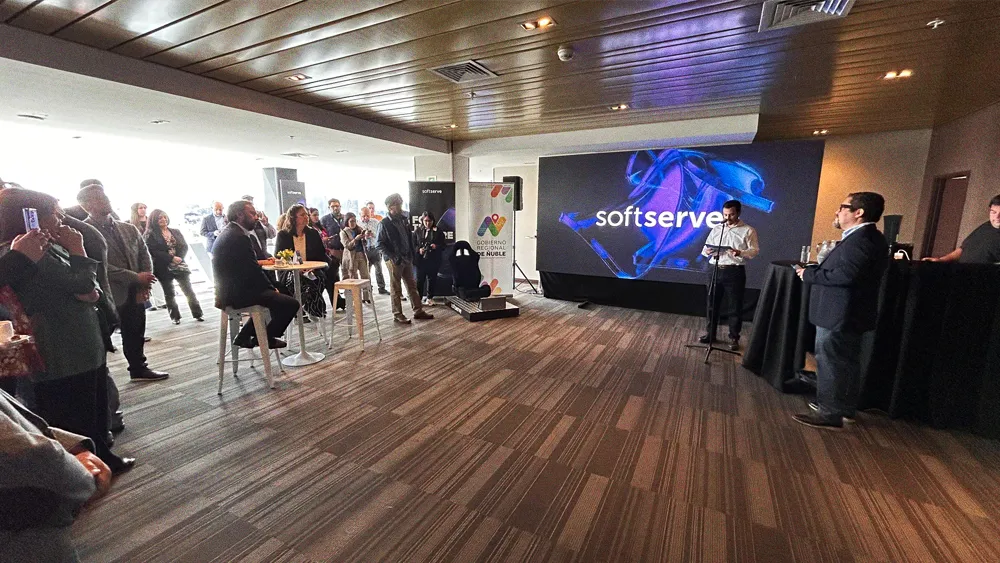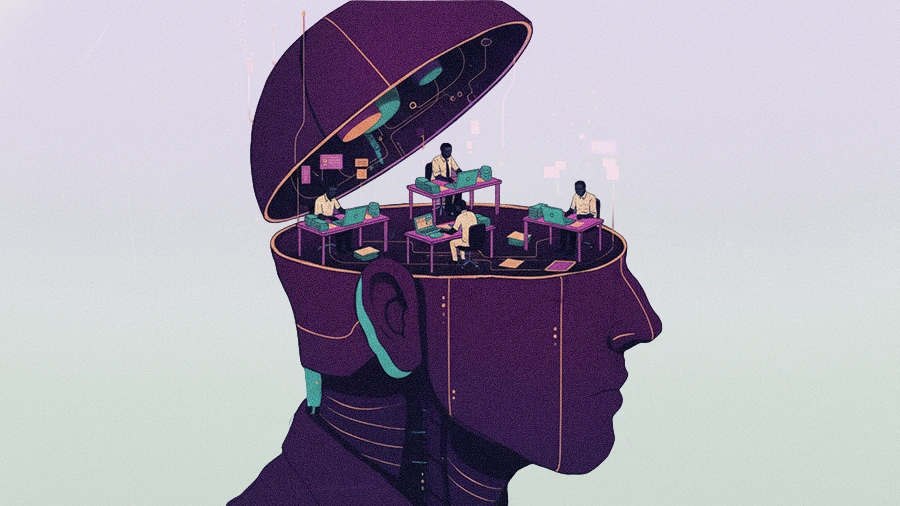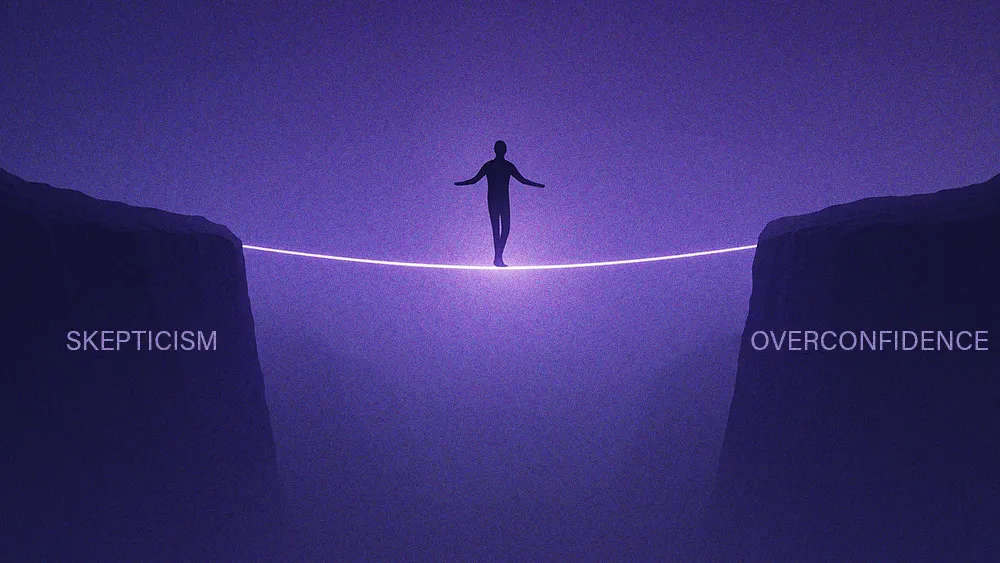How employees are becoming ‘AI bosses’ in the new agentic workplace
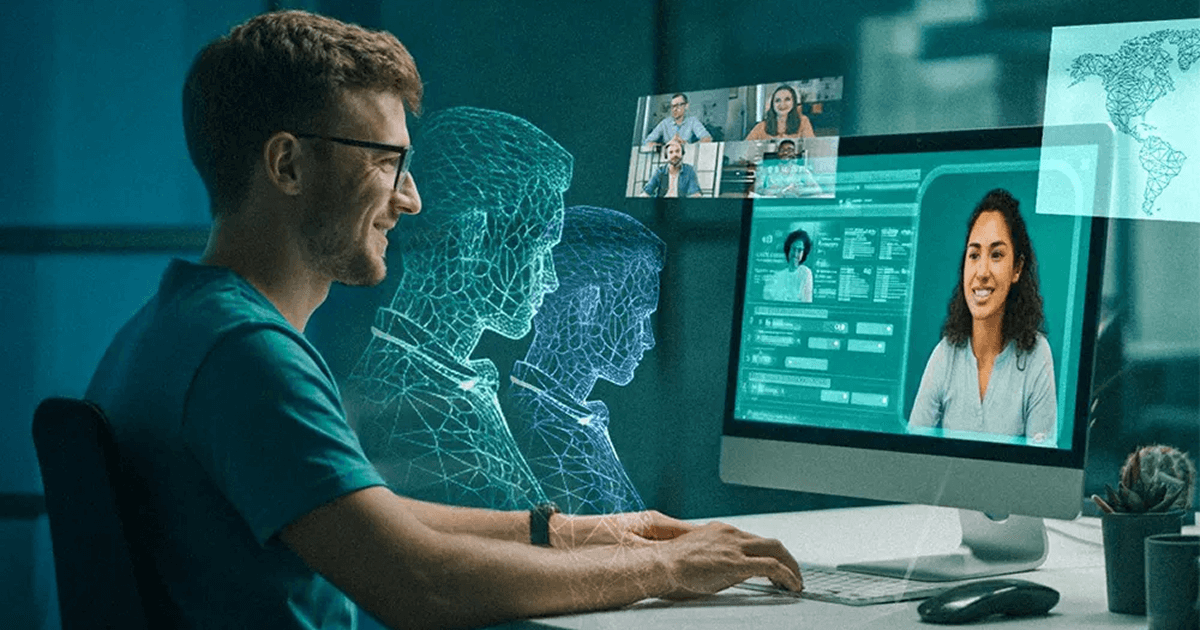
Key Points
The rise of “agent bosses” sees employees managing AI systems rather than performing tasks themselves.
Hatchworks AI’s Trent Cotton says AI enables HR to focus on strategic initiatives, moving beyond administrative tasks to drive business value.
Engaging employees in AI tool decisions is critical to overcoming resistance and ensuring effective implementation.
For a lot of organizations it's about getting out of that copilot phase and into the agentic phase, where employees aren’t managing processes—they’re managing agents. They’ll become an agent boss.

Trent Cotton
VP of Talent and Culture
Hatchworks AI
Forget copilots. The next phase of AI is agents, and employees won’t just use them; they’ll manage them. The rise of the “agent boss” is here: workers directing autonomous systems instead of doing the tasks themselves. It’s a radical shift in how work gets done, and HR is on the hook to make it work.
Trent Cotton is VP of Talent and Culture at Hatchworks AI, a firm guiding clients through AI and data transformation. For Cotton, HR is at the helm, rethinking how people and machines work together.
Who’s the boss: “For a lot of organizations, it’s about getting out of that copilot phase and into the agentic phase, where employees aren’t managing processes—they’re managing agents. They’ll become an agent boss,” he says. That shift—from doing the work to directing autonomous systems—is already picking up speed.
Cautious copilots: Most companies are still stuck in phase one, using AI as copilots, not decision-makers. “Governance, ethics, and ownership of AI are still very large questions in large enterprise companies,” Cotton notes. That uncertainty is keeping many firms in a holding pattern. Over three quarters of organizations currently use AI, but only 30% have scaled it. For most, real adoption is still many months—and a lot of governance work—away.
Metamorphosis: The move toward an agentic workplace puts HR in the driver’s seat. “Is AI going to take your job? Not really. Did cloud take anyone’s job? Did email take anyone’s job? No, it evolved,” Cotton says. It comes down to HR leading the shift in how people work, as AI reshapes roles not by replacing workers, but by amplifying them and creating entirely new responsibilities.
No jump scares: To navigate the shift, Cotton advocates building AI literacy and laying out a clear vision. “The baseline AI knowledge needs to be established,” he explains, alongside making sure data is clean and connected. Transparency about job impacts and a strong investment in reskilling are also key. “Selling that vision gets people excited,” he explains. “And excitement trumps fear.”
Glitter ≠ gold: But vision alone isn’t enough. Employees need a voice in the tools they’re expected to use. “It goes a long way to involve the team and get their feedback and let them feel heard,” Cotton says. Too often, companies fall for a “shiny object” AI tool and drop it on the workforce without context or prep. What’s needed is a mindset shift. “Companies should go to their employees and explain: ‘We want you to work on the things that a machine cannot do,'” he adds.
Pick up the Slack: AI is giving HR new tools to read the room. From tracking “company DNA” to gauging employee sentiment, the tech is unlocking a deeper view of workforce dynamics. Cotton imagines a near future where AI offers daily insights: “AI can sit in on your Slack, your email, all your communications,” he explains. “Every morning I’d like to be greeted with a summary and future problems flagged, saying ‘here are the symptoms, you probably want to get ahead of this.'” That kind of proactive signal, he says, is how HR finally proves that “engagement does have a direct tie to productivity, efficiency, and most of all, revenue.”
Resources to capital: “I don’t call it human resources,” says Cotton. “It’s human capital. It makes money and it costs money.” AI, he says, is the unlock that frees HR from admin work and lets it operate like a true business partner. “When we’re not bogged down, we can act as true consultants,” Cotton explains. “We can actually go on the offense and make sure that we’re running the flank for all of our internal clients.”
Is AI going to take your job? Not really. Did cloud take anyone's job? Did email take anyone's job? No, it evolved.

Trent Cotton
VP of Talent and Culture
Hatchworks AI
Is AI going to take your job? Not really. Did cloud take anyone's job? Did email take anyone's job? No, it evolved.

Trent Cotton
VP of Talent and Culture
Hatchworks AI
Related articles
TL;DR
The rise of “agent bosses” sees employees managing AI systems rather than performing tasks themselves.
Hatchworks AI’s Trent Cotton says AI enables HR to focus on strategic initiatives, moving beyond administrative tasks to drive business value.
Engaging employees in AI tool decisions is critical to overcoming resistance and ensuring effective implementation.

Trent Cotton
Hatchworks AI
VP of Talent and Culture

VP of Talent and Culture
Forget copilots. The next phase of AI is agents, and employees won’t just use them; they’ll manage them. The rise of the “agent boss” is here: workers directing autonomous systems instead of doing the tasks themselves. It’s a radical shift in how work gets done, and HR is on the hook to make it work.
Trent Cotton is VP of Talent and Culture at Hatchworks AI, a firm guiding clients through AI and data transformation. For Cotton, HR is at the helm, rethinking how people and machines work together.
Who’s the boss: “For a lot of organizations, it’s about getting out of that copilot phase and into the agentic phase, where employees aren’t managing processes—they’re managing agents. They’ll become an agent boss,” he says. That shift—from doing the work to directing autonomous systems—is already picking up speed.
Cautious copilots: Most companies are still stuck in phase one, using AI as copilots, not decision-makers. “Governance, ethics, and ownership of AI are still very large questions in large enterprise companies,” Cotton notes. That uncertainty is keeping many firms in a holding pattern. Over three quarters of organizations currently use AI, but only 30% have scaled it. For most, real adoption is still many months—and a lot of governance work—away.
Metamorphosis: The move toward an agentic workplace puts HR in the driver’s seat. “Is AI going to take your job? Not really. Did cloud take anyone’s job? Did email take anyone’s job? No, it evolved,” Cotton says. It comes down to HR leading the shift in how people work, as AI reshapes roles not by replacing workers, but by amplifying them and creating entirely new responsibilities.
No jump scares: To navigate the shift, Cotton advocates building AI literacy and laying out a clear vision. “The baseline AI knowledge needs to be established,” he explains, alongside making sure data is clean and connected. Transparency about job impacts and a strong investment in reskilling are also key. “Selling that vision gets people excited,” he explains. “And excitement trumps fear.”

Trent Cotton
Hatchworks AI
VP of Talent and Culture

VP of Talent and Culture
Glitter ≠ gold: But vision alone isn’t enough. Employees need a voice in the tools they’re expected to use. “It goes a long way to involve the team and get their feedback and let them feel heard,” Cotton says. Too often, companies fall for a “shiny object” AI tool and drop it on the workforce without context or prep. What’s needed is a mindset shift. “Companies should go to their employees and explain: ‘We want you to work on the things that a machine cannot do,'” he adds.
Pick up the Slack: AI is giving HR new tools to read the room. From tracking “company DNA” to gauging employee sentiment, the tech is unlocking a deeper view of workforce dynamics. Cotton imagines a near future where AI offers daily insights: “AI can sit in on your Slack, your email, all your communications,” he explains. “Every morning I’d like to be greeted with a summary and future problems flagged, saying ‘here are the symptoms, you probably want to get ahead of this.'” That kind of proactive signal, he says, is how HR finally proves that “engagement does have a direct tie to productivity, efficiency, and most of all, revenue.”
Resources to capital: “I don’t call it human resources,” says Cotton. “It’s human capital. It makes money and it costs money.” AI, he says, is the unlock that frees HR from admin work and lets it operate like a true business partner. “When we’re not bogged down, we can act as true consultants,” Cotton explains. “We can actually go on the offense and make sure that we’re running the flank for all of our internal clients.”
